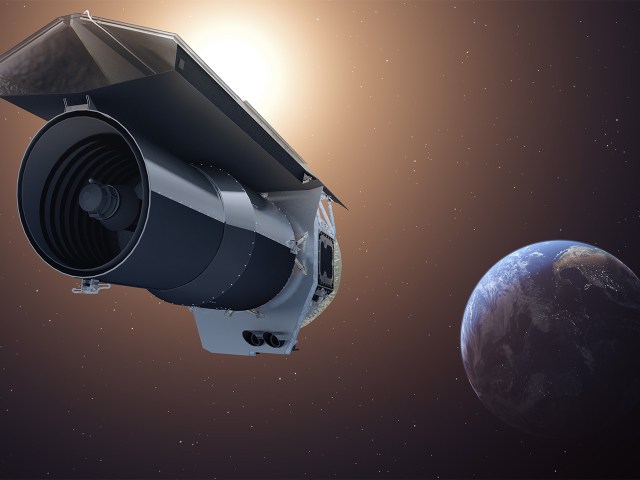Spitzer’s unique orbit and age present a range of new engineering challenges as it enters the Beyond phase of its mission. As it travels behind Earth in its journey around the sun, the spacecraft’s slower travel speed has caused the distance between Spitzer and Earth to widen over time. This means that in order to maintain communication with Earth, Spitzer’s antenna must be pointed at higher angles towards the sun as it gets farther away, resulting in parts of the spacecraft being exposed to increasing levels of heat.
In addition, Spitzer’s orbit presents another challenge: The spacecraft’s solar panels, which provide power to the spacecraft, will receive less sunlight as they point away from the sun. This will put additional stress on the batteries of the spacecraft as they try to maintain necessary power levels for operation.
To enable this riskier mode of operations in the Beyond phase, the mission team will need to override certain autonomous safety systems that would normally take action to protect the spacecraft from potential hazards. This requires close monitoring and coordination to ensure continued success of Spitzer mission.



